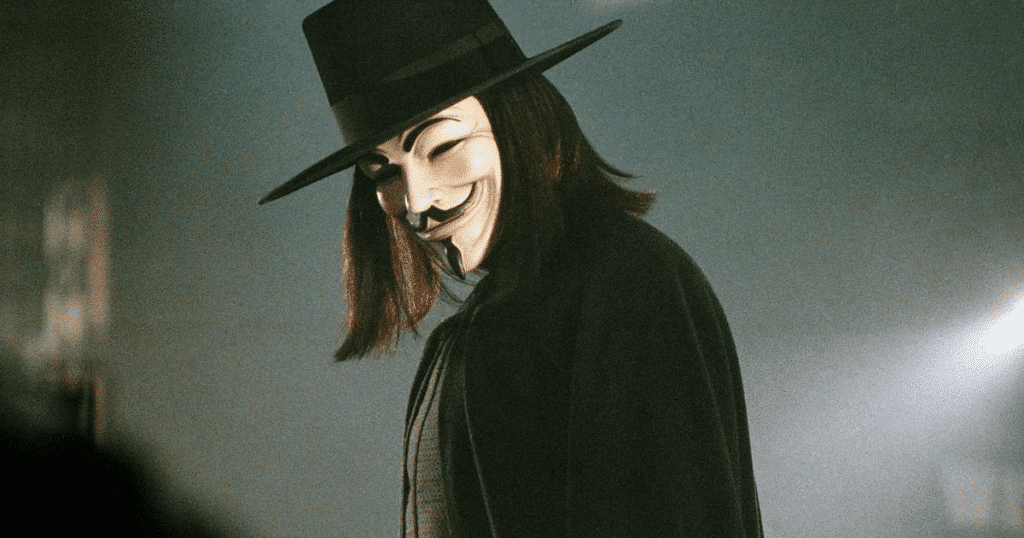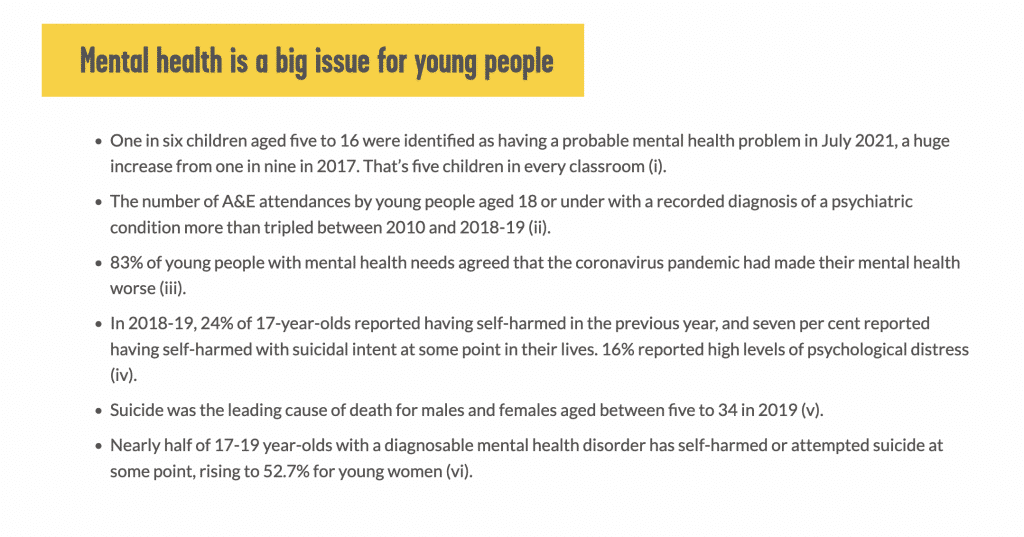Understanding the annual night of chaos.

The history of Mischief night is convoluted. It is celebrated on different days under different names in different parts of the world. In England, it is celebrated on either the 30th of October or the 4th of November as chaotic precursors to the following day’s festivities which embody the darker sentiments of the period’s traditions.
Halloween derives from the Celtic festival of Samhain which marked the 31st of October as the end of the harvest and the welcoming of the winter to come. The Celts associated winter as a time of death due to its darkness and cold, they believed that on this date the worlds of the living and dead converged and the ghosts of the dead returned to Earth. Upon their return these ghosts would cause trouble, damage crops and claim lives whilst the living would wear costumes and light huge bonfires offering sacrifices to commemorate the event.
Bonfire night is of course the celebration of the failed gunpowder plot which aimed to blow up the House of Lords. History states that after its failure the people of Britain took to the streets to burn effigies of Fawkes and later the Pope in their denouncement of Catholicism, which the plot was attempting to reinstate. It is important to remember that history is written by the victors and what probably started off as a psy-op has developed into a celebration over hundreds of years. All this being said, a successful plan to dismantle the House of Lords in 2022 might just be met with the celebration on the streets professed to have occurred on the 5th November 1604.

Over time but especially in recent years, the legend of Guy Fawkes has become a hopeful beacon of resistance rather than a hated catholic terrorist. His face was reinterpreted into a mask by comic artist David Lloyd for the story V for Vendetta. It is contemporarily used by hacktivist organisation Anonymous as well as other protest groups too. When Lloyd was asked about its use he told the BBC “The Guy Fawkes mask has now become a common brand and a convenient placard to use in protest against tyranny — and I’m happy with people using it, it seems quite unique, an icon of popular culture being used this way,”
To return back to Mischevious/Mizzy/Chevious night, there are some key themes to be drawn from the time in the calendar in which it exists. Namely fire-starting, rebellion, trouble causing and protest. Seeing as both Halloween and Bonfire night have more or less been disseminated from these themes thanks to interference from corporate entities co-opting them to gain social and fiscal currency, how should we feel about encouraging an alternative celebration of these virtues amongst the youth?
There is something innately Northern about Mischief night – Guy Fawkes himself was a Yorkshireman, there are floods of news articles about recklesss behaviour on ‘mizzy night’ as it’s known in Liverpool and there’s even a film about it that was shot within a stones throw of Elland Road in Leeds (trailer above, full film on youtube). Often people are surprised to find out that mischief night is very regional, in the UK it occurs pretty much exclusively in the North with occasional connection to the Midlands too. Upon reflection the proposition of ‘Trick or Treat?’ doesn’t exactly sound like a slice of local slang. Mischief night is far more to the point, like av that.
In some light anecdotal research I conducted on Instagram the sort of mischief peers of mine had conducted back in the day mostly revolved around the hallowed trinity of fireworks, fires and eggs. Victims of mischief included their mates, the police, innocent bystanders in town, farmer’s hay bails, fence panels, big houses, fancy cars and wheelie bins. There was a distinct air of remorse about some of the confessions but as I can account for everyone who replied to my poll now being a wonderful upstanding member of the British public, there exists the possibility that doing some bad enhances ones perspective on doing some good.







It must be acknowledged that alongside the inconvenience caused by the generally light hearted mischief there also exists some serious cause for concern. The line is crossed each year with the criminal damage of personal property costing regular people their hard-earned money. Fireworks and fires in the hands of youngsters is obviously dangerous and the targeting of bystanders further erodes the rotting spirit in many communities. However, this is hardly the purge we are talking about, instead an expression of adolescent angst. Mischief night remains a piece of anarchistic Northern folklore.
For a youth facing a political landscape that is full of bare-faced lies and mainstream media that is full of bare-faced lies it might not be such a bad idea to allow them to dance with the sentiments of protest, revolution and rebellion. Politicising it in such a manner may take the fun out of it, but we can be under no illusions about the actions and intentions of the elite class to further tighten their grip of control over the public consciousness. An evolution away from the illusion of democracy towards a country that upholds the beliefs of all its inhabitants rather than a deluded entitled few will come at the hands of a generation who are willing to fight the system.
Admittedly this may be a stretch for a night that typically consists of kids throwing fireworks at each other and egging Police cars. But with so few exercises of resistance left, perhaps in Mischief Night lies an opportunity to engage a community rather than estrange it.
Sadly, this idea seems farfetched considering the one-dimensional approach authorities tend to take when dealing with troublesome kids these days and ultimately the blame shouldn’t be laid with them. There’s a total lack of resources available for assisting with the multitude of complex problems many youngsters in our country face. An impending winter that will see a quarter of all school-age kids go cold and many of them hungry too as a result of the cost of living crisis is undoubtedly linked to ‘an unprecedented crisis in young people’s mental health’.

To ask adolescents and teenagers to calmly articulate their disconcertion in the current state of affairs is asking too much of them. To brandish the acts of Mischief Night as simply mischief for mischief’s sake is to trivialise the problems they face and excuse the lack of care our government has for our children. Harmful violence and excessive damage on mischief night should under no circumstance be encouraged, but surely it is clear that the lack of support for the youth is exactly causal for anti-social behaviour. Our government must do better.
In traversing the reportage of the 30th of October or 4th of November remember remember that there is more than meets the eye. We were all young once and no matter the picture some may paint, it is never easy. Neurochemsitry is volatile, perspectives are small. Kids make mistakes and that is how they learn and grow. Besides, a bit of raw mischief assists in keeping this life from feeling too much like the latest edition of The Sims.

